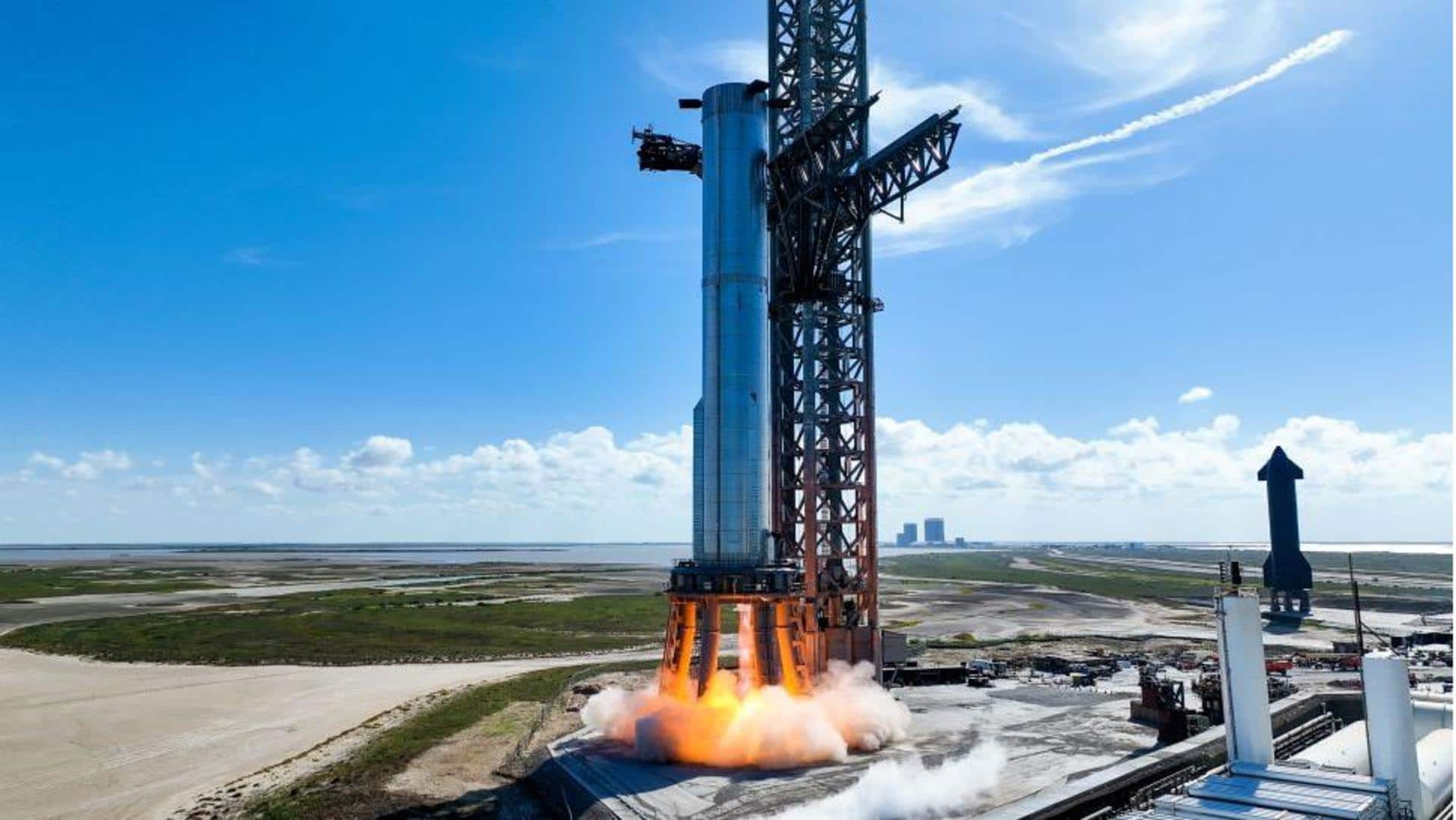
SpaceX to attempt Starship's first orbital test flight in March
What's the story
SpaceX might finally conduct the first orbital test flight of its Starship rocket in March. "If remaining tests go well, we will attempt a Starship launch next month," Elon Musk said via a tweet. Earlier in January, Musk had said that there was a "real shot" at launching Starship in late February, adding that a launch attempt in March appeared highly likely.
Context
Why does this story matter?
After a year or more, the company is finally set to conduct the much-awaited orbital test flight of its giant rocket. The Starship rocket can carry cargo as well as astronauts to the moon and Mars. While the spaceship is yet to hit orbit, it already has a couple of projects in tow, including NASA's Artemis missions and the dearMoon project.
Twitter Post
"We will attempt a Starship launch next month"
If remaining tests go well, we will attempt a Starship launch next month
— Elon Musk (@elonmusk) February 4, 2023
Plan
The orbital test flight will happen at Starbase
Starship is the collective name for the two-component system, comprising the 165-foot-tall upper-stage spacecraft called Starship, which will carry the crew and cargo, and the Super Heavy Falcon rocket. If everything goes in accordance with the plan, a Super Heavy prototype named Booster 7 will launch an upper-stage variant called Ship 24 from Starbase, SpaceX's facility in South Texas.
Information
Ship 24 will make an orbit around Earth
Ship 24 will make it all the way around Earth, orbiting our planet once before splashing down in the Pacific Ocean near the Hawaiian island of Kauai while Booster 7 will splash down in the Gulf of Mexico.
Tests
Starship completed its first-ever stacked fueling test in January
Booster 7 and Ship 24 have already completed a number of milestones. In January, Starship completed its first-ever stacked fueling test. In the "wet dress rehearsal," SpaceX loaded more than 4.5 million kilograms of liquid oxygen and methane fuel into both stages of the vehicle. The company also ran through some of the countdown procedures that are required to be performed for the launch.
Booster 7
Booster 7 has already performed multiple static fires
Booster 7 has performed multiple static fires, a common prelaunch test where the engines are briefly lit while a vehicle remains anchored to the ground. But, among the most important tests yet to be performed is the static firing of all the Heavy stage's 33 Raptor engines. To date, the booster has not ignited more than 14 of its 33 engines at once.